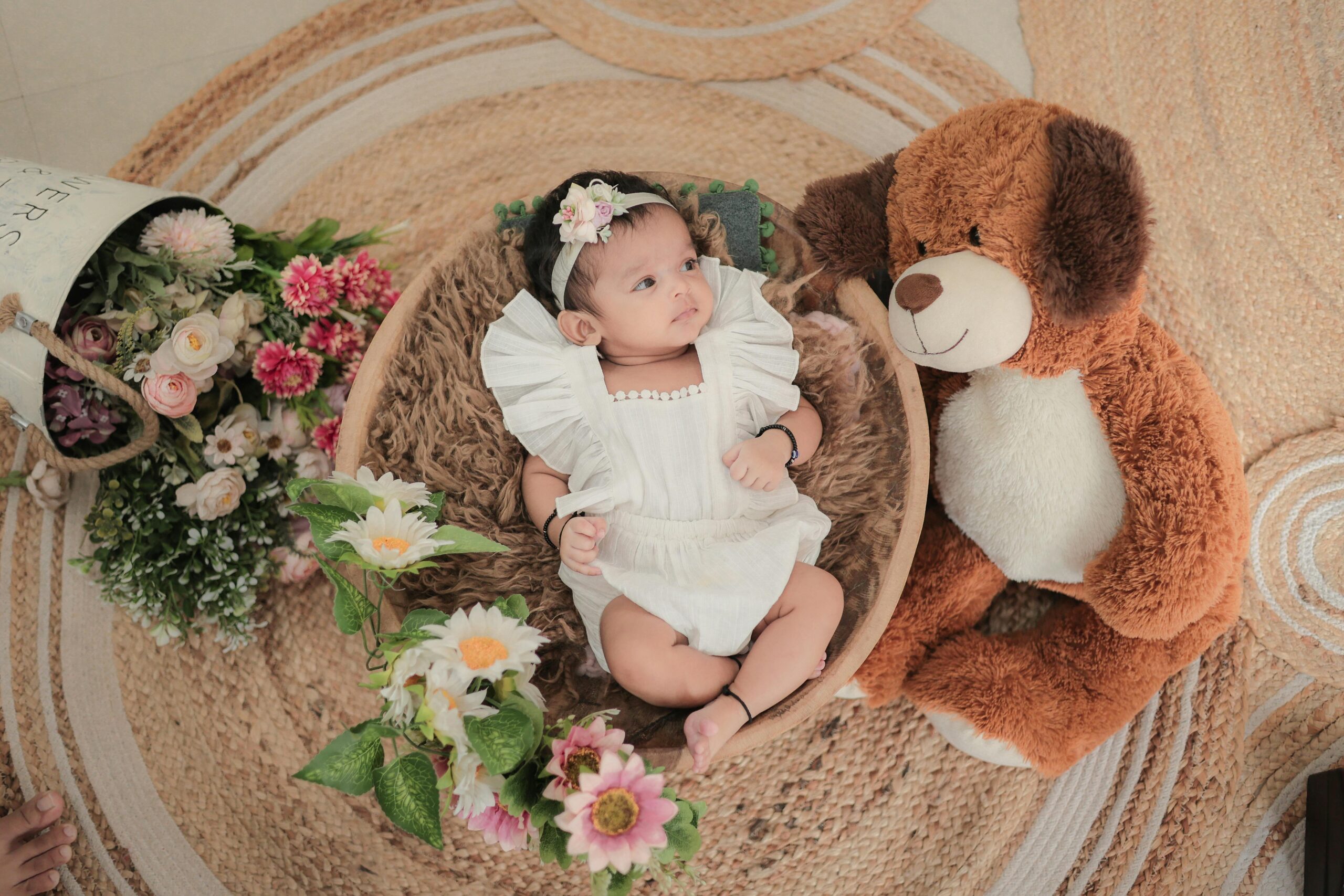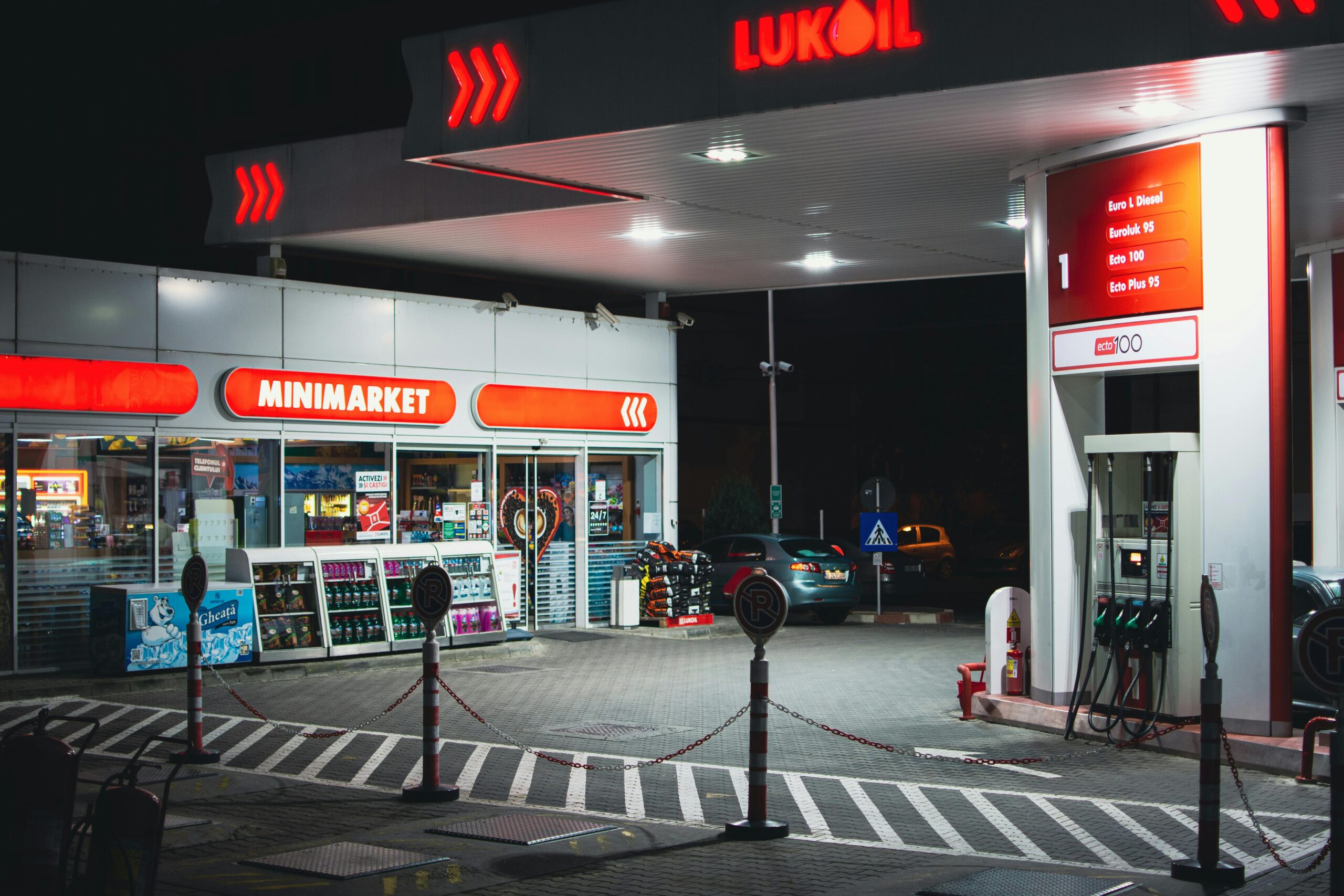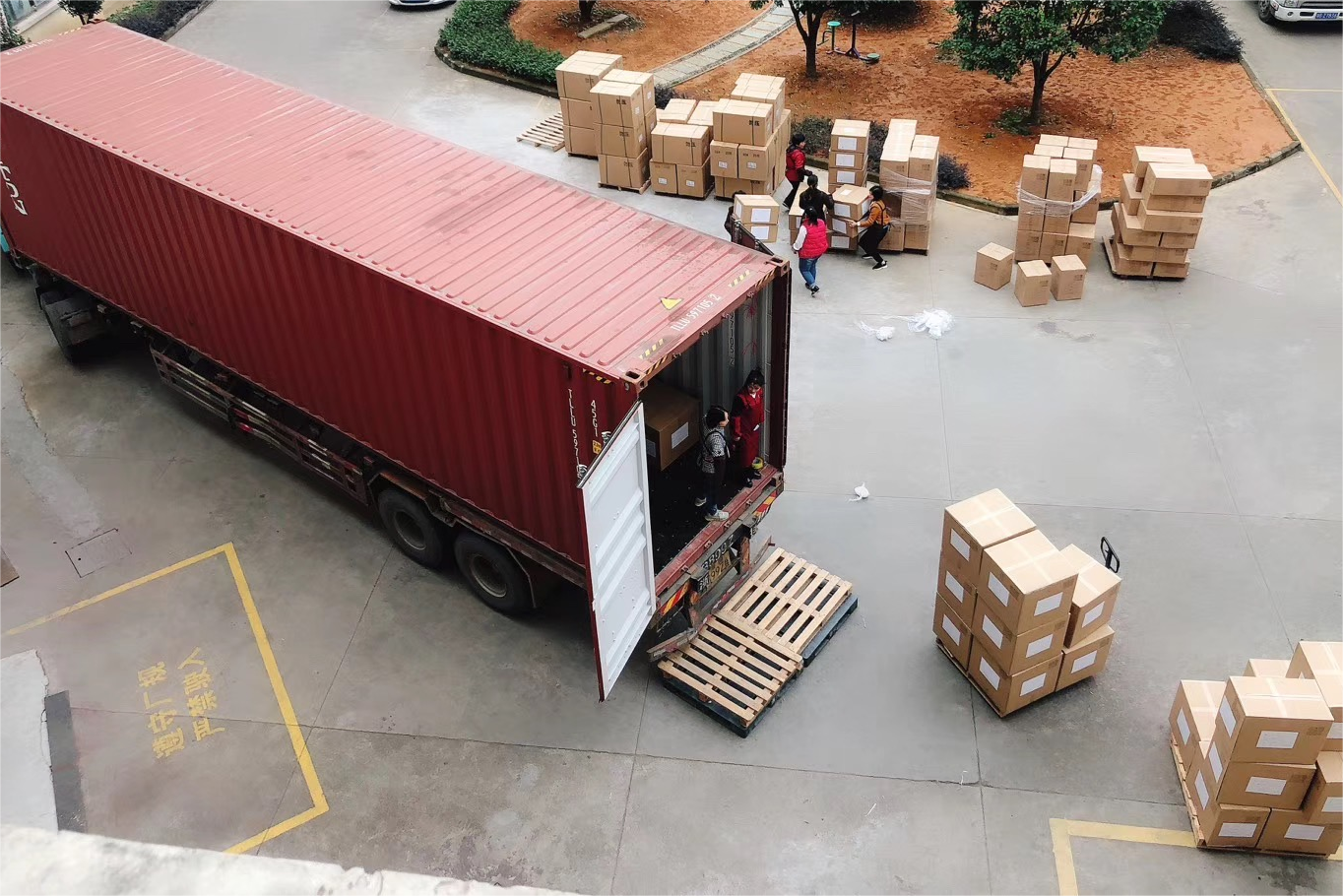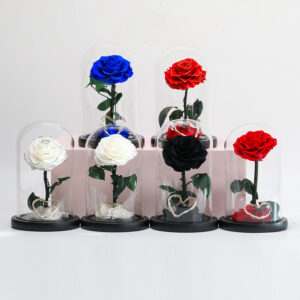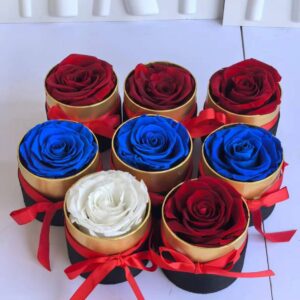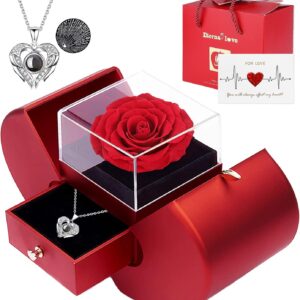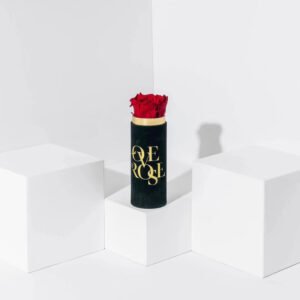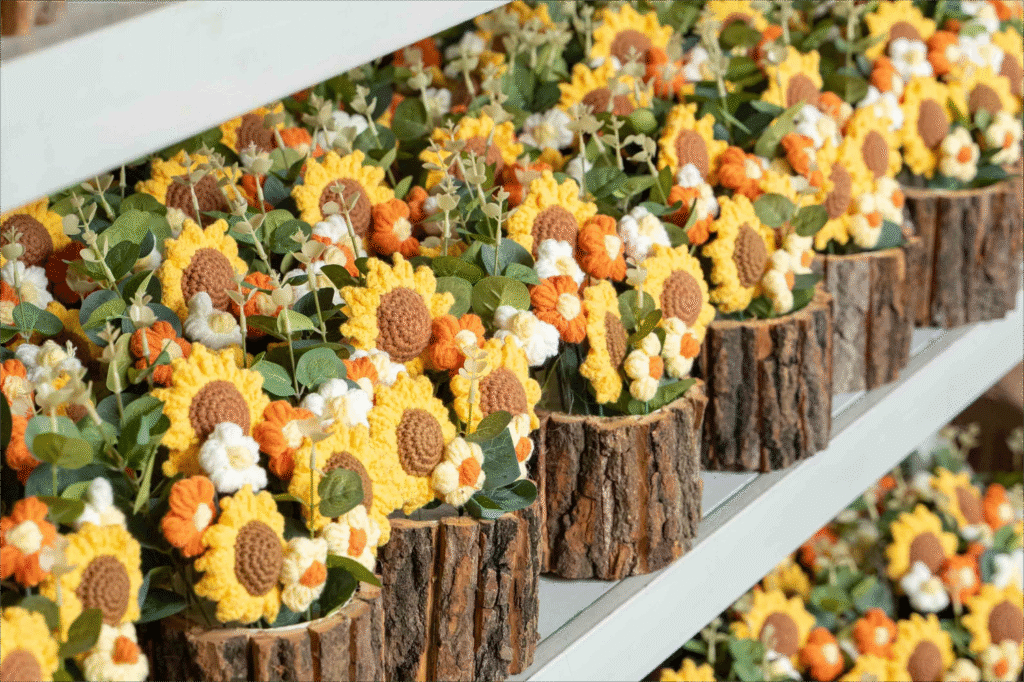
Crochet flowers are charming, timeless, and increasingly commercial. But as beautiful as they are, sourcing them at scale isn’t always a smooth ride. For many procurement teams, the real challenge isn’t about demand—it’s about how to buy smartly.
If you’re a sourcing manager or product developer looking to wholesale crochet flowers, you probably have a few key concerns: Who are the reliable suppliers? How do I manage quality across handmade batches? What’s a fair price per unit?
This guide is here to answer all those questions, and then some.
Where Do Buyers Source Crochet Flowers?
Finding the right supplier is half the battle—and not all sources are created equal.
● B2B Wholesale Platforms
Well-known global sites like Alibaba, Made-in-China, and Global Sources offer massive supplier directories. These are a good place to start your research, especially if you’re testing the waters or comparing pricing. Just be sure to double-check factory credentials and ask for certifications.
● Trade Shows & Exhibitions
Expos like gift fairs or textile shows (virtual and in-person) are great for touching real samples and meeting experienced producers face to face. If you’re working on a large seasonal campaign or retail program, attending one of these events could save you time later in negotiations.
● Direct Recommendations & Buyer Communities
Sometimes the best leads come from other buyers. LinkedIn sourcing groups, procurement forums, and even your existing supplier network can point you toward hidden gems. These channels often reveal suppliers not listed on public platforms.
Click here to get the Top 10 Crochet Flower Manufacturers
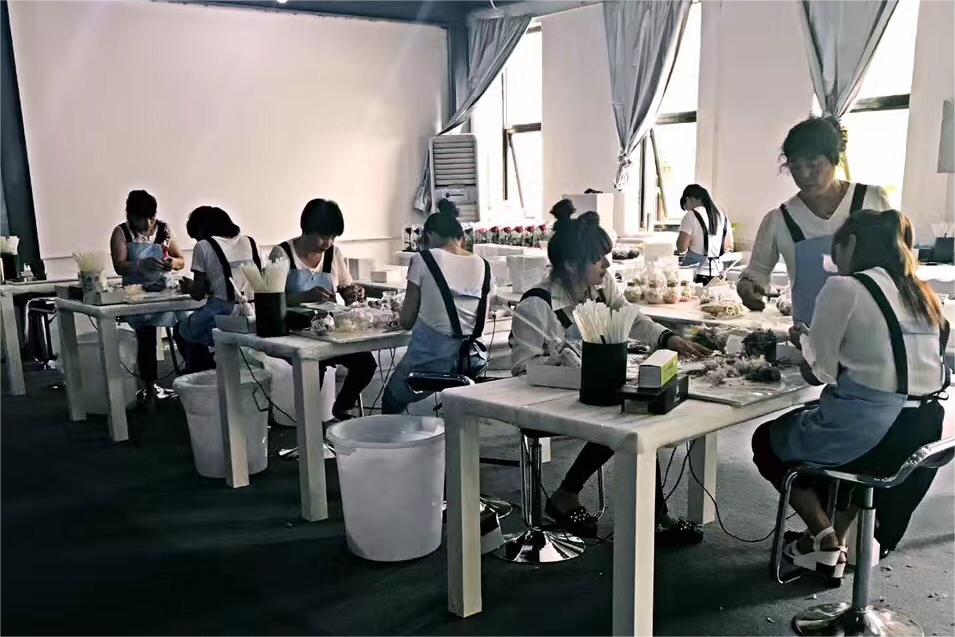
What Types of Crochet Flowers Are Available?
You might think crochet flowers are simple, but the variety is vast—and that matters when you’re sourcing for a retail or gifting business.
● Most Popular Flower Styles
- Roses: Classic and romantic.
- Sunflowers: Bright and bold.
- Chamomile/Daisies: Soft and casual.
- Tulips, Lavender, and Peonies: Gaining popularity in seasonal gifting.
● Yarn & Texture Options
- Cotton: Matte, breathable, and soft.
- Acrylic: Vibrant colors and budget-friendly.
- Wool blends: Textured and cozy—perfect for winter ranges.
● Bundled Sets
Bouquet kits, stem sets, magnets, or gift box pairings are great for value-added sales. Be sure to align the product form with your use case (e.g., stand-alone SKUs or promotional bundles).
Can Crochet Flowers Be Customized?
Yes—and customization is where real brand value gets added.
Here’s what most good suppliers offer:
- Custom colors: Match Pantone codes or seasonal palettes.
- Shape variation: Adjust petals, size, or leaf style.
- Packaging & branding: Add your logo, insert cards, or gift wrap.
- Trial runs: Small-batch sampling (often 50–100 units) to test market response.
Customization does impact lead time and cost, so always plan ahead for campaign-based procurement.
Understanding Price Points & MOQ Expectations
Crochet flowers are handmade, so pricing isn’t as fixed as machine-made goods. However, understanding how quotes are structured helps avoid surprises.
● Key Price Drivers:
- Yarn material cost
- Flower size and complexity
- Packaging add-ons (tags, boxes, tissue)
- Production speed
● MOQ Guidelines
- Standard stock styles: 50–100 pcs
- Customized designs: 300–500 pcs minimum
- Fully branded packaging: Often starts at 500 pcs+
Volume affects pricing, but strong supplier relationships can lead to better terms over time.
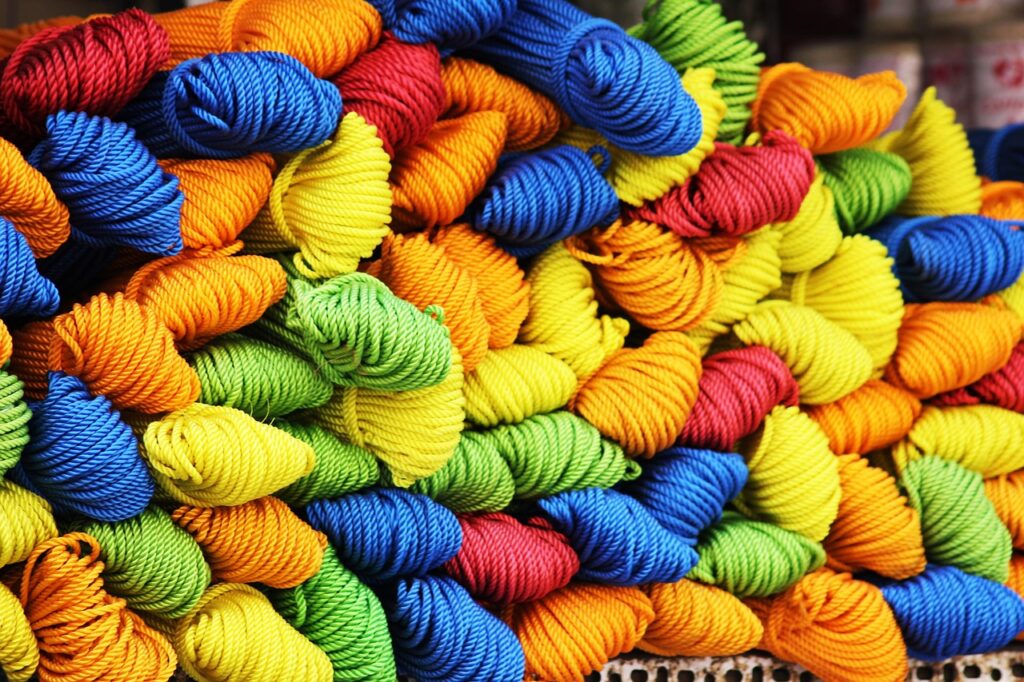
How to Control Quality When Every Piece Is Handmade
Quality assurance with handmade goods requires process—not luck.
● What to Ask Suppliers:
- Can they provide real photos (not studio renders)?
- Do they have a final QC check before packing?
- How is color consistency managed across batches?
- Can they ship a pre-shipment inspection video?
Experienced suppliers will gladly walk you through their process. If they can’t, that’s a red flag.
Lead Times & Delivery Options
Time is critical—especially if you’re preparing for a seasonal campaign.
● Typical Timelines:
- Sampling: 7–14 days
- Mass production: 20–35 days depending on volume and customization
- Shipping:
- Express (DHL/FedEx): 5–7 days
- Air freight: 7–10 days
- Sea freight: 20–35 days
● Damage Prevention
Since crochet flowers are soft but structured, proper packaging matters. Ask for:
- Individual polybags
- Moisture-proof barriers (for ocean shipments)
- Impact protection if stems are included
What’s Next for the Crochet Flower Market?
The market is expanding beyond just gifts. More retailers and DTC brands are integrating crochet flowers into:
- Home décor lines (vases, wall hooks)
- Craft subscription kits
- Seasonal merchandising for holidays and events
- Brand collabs with lifestyle influencers and artists
Sustainability also plays a growing role. Brands using eco-yarn or biodegradable packaging are gaining traction, especially in lifestyle retail.

FAQs
Q: Can I mix multiple colors and designs in one order?
A: Most suppliers allow mix-and-match within a larger MOQ. Be clear upfront.
Q: How do I protect crochet flowers from deformation during shipping?
A: Use protective inner cartons and avoid vacuum sealing—fluffing post-delivery is often required.
Q: How do I verify a supplier is not a middleman?
A: Ask to video call their workshop or request production videos with timestamps.
Final Thoughts
Buying crochet flowers wholesale is an opportunity to offer something rare and high-perceived value. But without a solid sourcing plan, even the prettiest designs can lead to frustration. Focus on finding experienced suppliers, prioritize quality control, and ask detailed questions early.
At Sweetie-Gifts, we work with global retailers, gift distributors, and design-led brands to deliver crochet and preserved flower products that meet professional expectations. If you’re considering adding crochet flowers to your lineup—or just want to see what’s possible—reach out to us at inquiry@sweetie-group.com for samples or quotations.
We’re happy to help you get started.

Annie Zhang
CEO, Sweetie-Gifts

